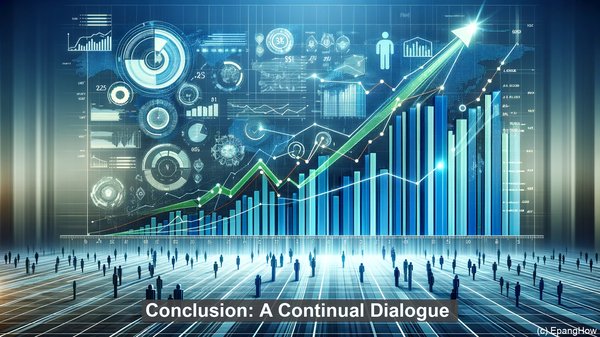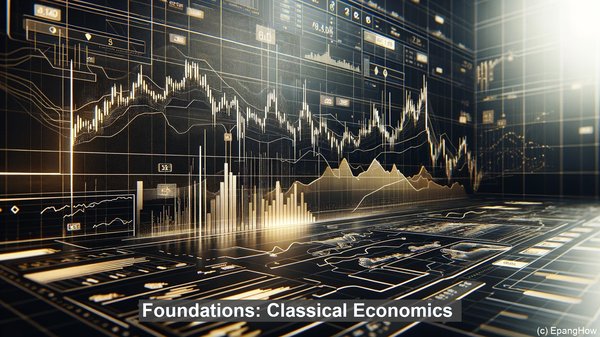Introduction: The Evolution of Economic Thought
Hello everyone! Welcome to today’s discussion on the intriguing world of economics. Over the centuries, economic thought has evolved, giving rise to various schools of thinking. Two prominent ones are Neo-Classical Economics and Classical Economics. While they share some commonalities, they also diverge in significant ways. In this article, we’ll explore these distinctions, shedding light on the theories that have shaped the field of economics.

Foundations: Classical Economics
Let’s begin with Classical Economics. This school of thought emerged in the late 18th century, spearheaded by economists like Adam Smith and David Ricardo. Classical economists believed in the concept of laissez-faire, advocating for minimal government intervention in the economy. They emphasized the role of supply and demand, arguing that the market, if left to its own devices, would naturally find equilibrium. Additionally, they highlighted the importance of factors of production, such as land, labor, and capital, in determining economic outcomes.
Neo-Classical Economics: Building on the Foundations
Fast forward to the late 19th century, and we witness the emergence of Neo-Classical Economics. While Neo-Classical economists built upon the foundations laid by their Classical counterparts, they introduced several new concepts. One key aspect was the introduction of marginal analysis. Neo-Classical economists believed that decisions at the margin, rather than in absolute terms, were crucial in understanding economic behavior. They also delved into the realm of utility, examining how individuals derive satisfaction from consuming goods and services.
The Role of Assumptions: Rationality and Perfect Information
Both Neo-Classical and Classical Economics rely on certain assumptions to construct their models. Rationality is a fundamental assumption in both schools. It posits that individuals, when making decisions, act in a rational manner, aiming to maximize their utility or economic well-being. Another assumption is perfect information, which implies that all market participants have access to complete and accurate information. These assumptions, while simplifications of reality, form the basis of economic models.

Market Equilibrium: The Invisible Hand vs. Marginal Utility
When it comes to market equilibrium, Classical and Neo-Classical economists have different perspectives. Classical economists, as mentioned earlier, believed in the concept of the ‘invisible hand.’ They argued that, in a free market, the pursuit of self-interest by individuals would lead to the best outcomes for society as a whole. On the other hand, Neo-Classical economists, with their emphasis on marginal utility, focused on the interplay between supply and demand at the individual level, positing that market equilibrium is achieved when marginal utility equals price.
Policy Implications: Government Intervention and Market Efficiency
The divergence between the two schools becomes more apparent when it comes to government intervention. Classical economists, adhering to the principles of laissez-faire, advocated for minimal government interference. They believed that the market, if left alone, would naturally correct itself. In contrast, Neo-Classical economists recognized the potential market failures and argued for targeted government intervention to address these inefficiencies. This difference in policy recommendations has far-reaching implications in the realm of public policy and governance.
